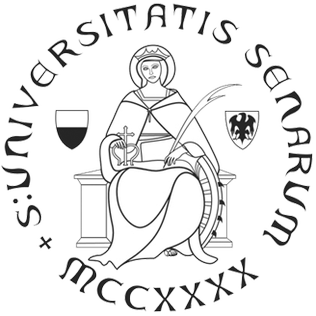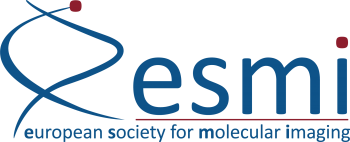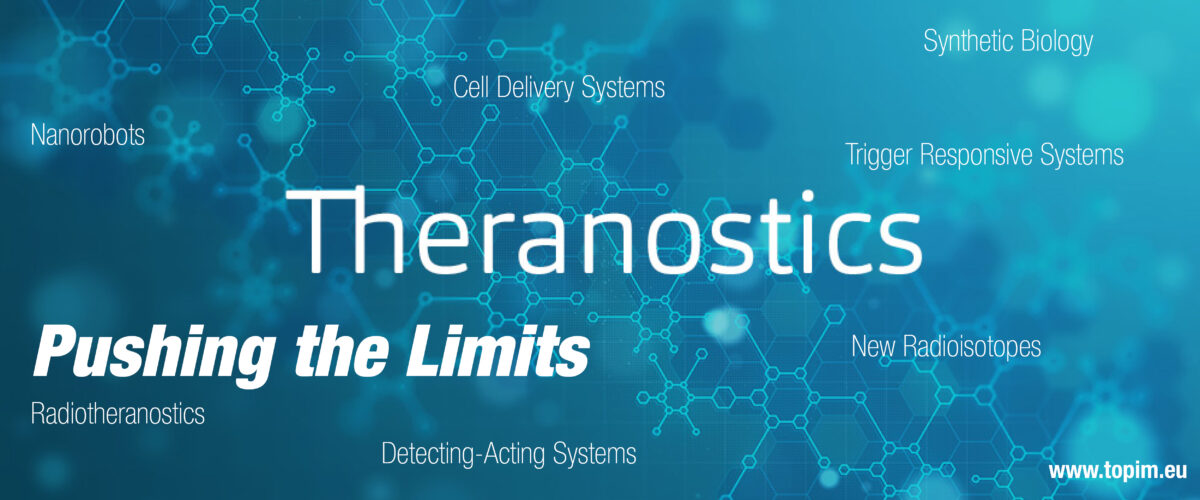Looking back @ TOPIM 2025 | Edition #16
Thanks to all who participated, shared their research, engaged in discussions & pushed the limits of “Theranostics”!
- Date: 25-29 August 2025
- Venue: Certosa Di Pontignano – Siena, Italy
Read more about the TOPIM concept and upcoming editions here.
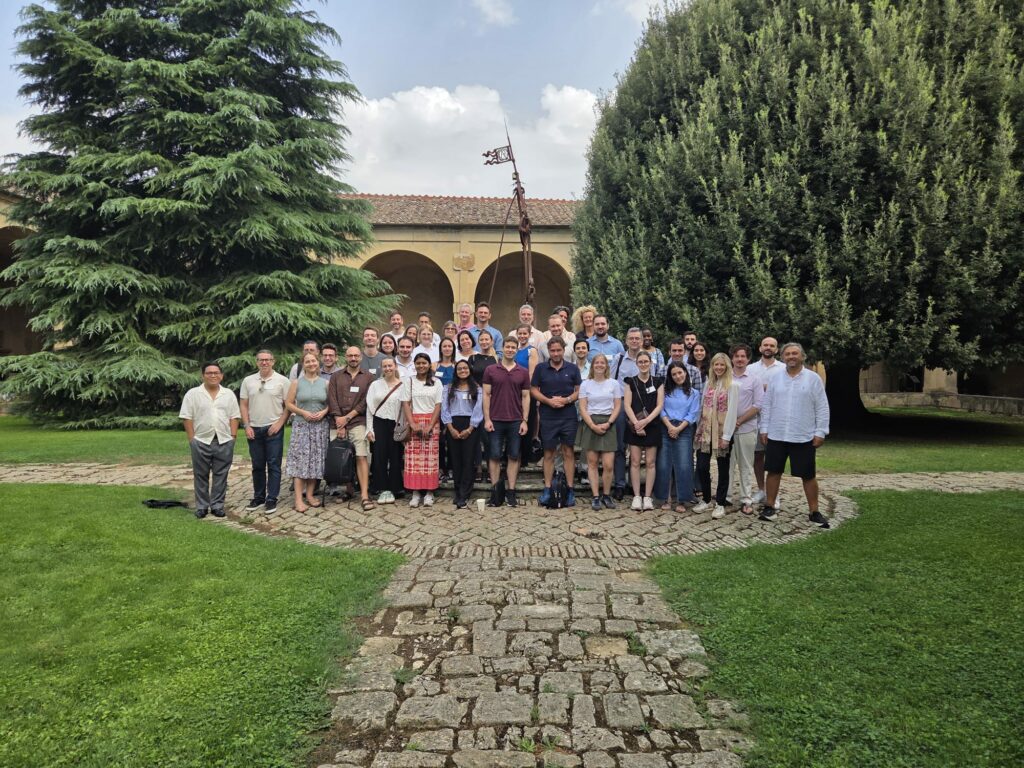
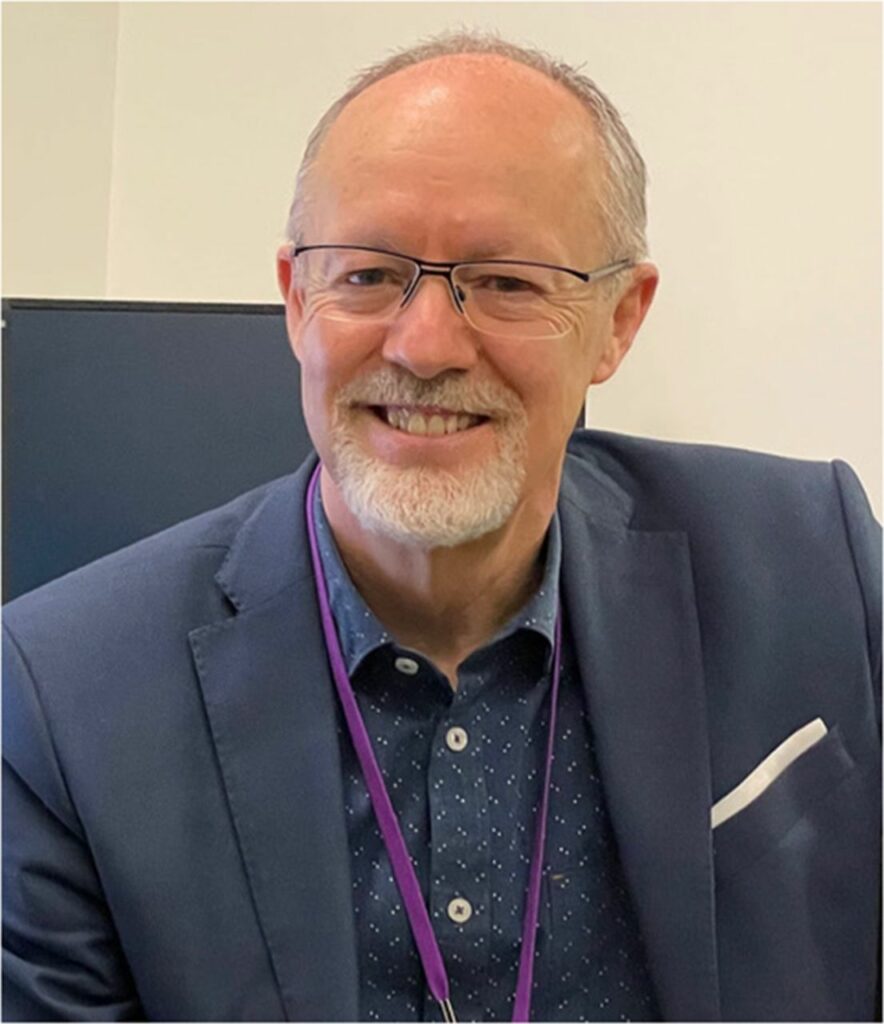
TOPIM 2025 kicked off with a welcome lecture by Rodney Hicks from Melbourne providing a stimulating insight into the history of Theranostics “On the Shoulders of Giants”. Followed by an exciting, well-balanced mix of top-notch keynote speakers, talks, and poster presentations selected from abstract submissions, group discussions, and excursions to the magic environment of Tuscany.
Detailed programme (incl. abstracts)!
Programme at a Glance (pdf download)
Overview of Poster Presentations (pdf download)
Poster Award Winner
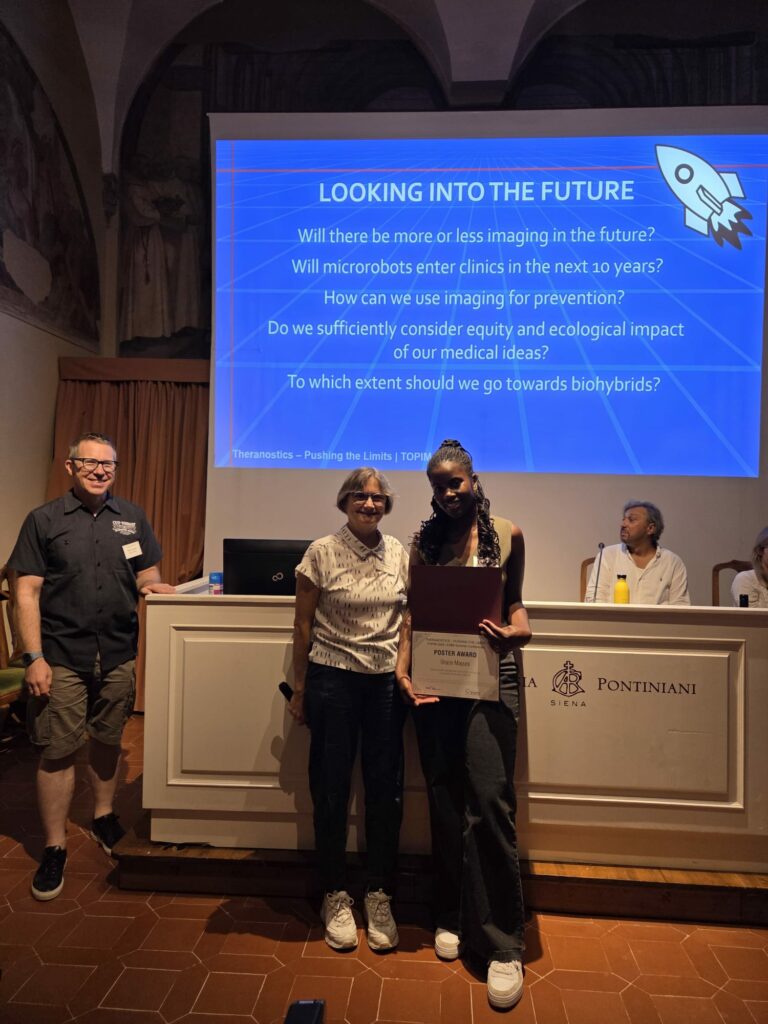
Grace Mayuni from Tübingen with her presentation on
Enzymatically radiolabeled scFv-fusion protein as a versatile theranostic platform
Group Work Winner
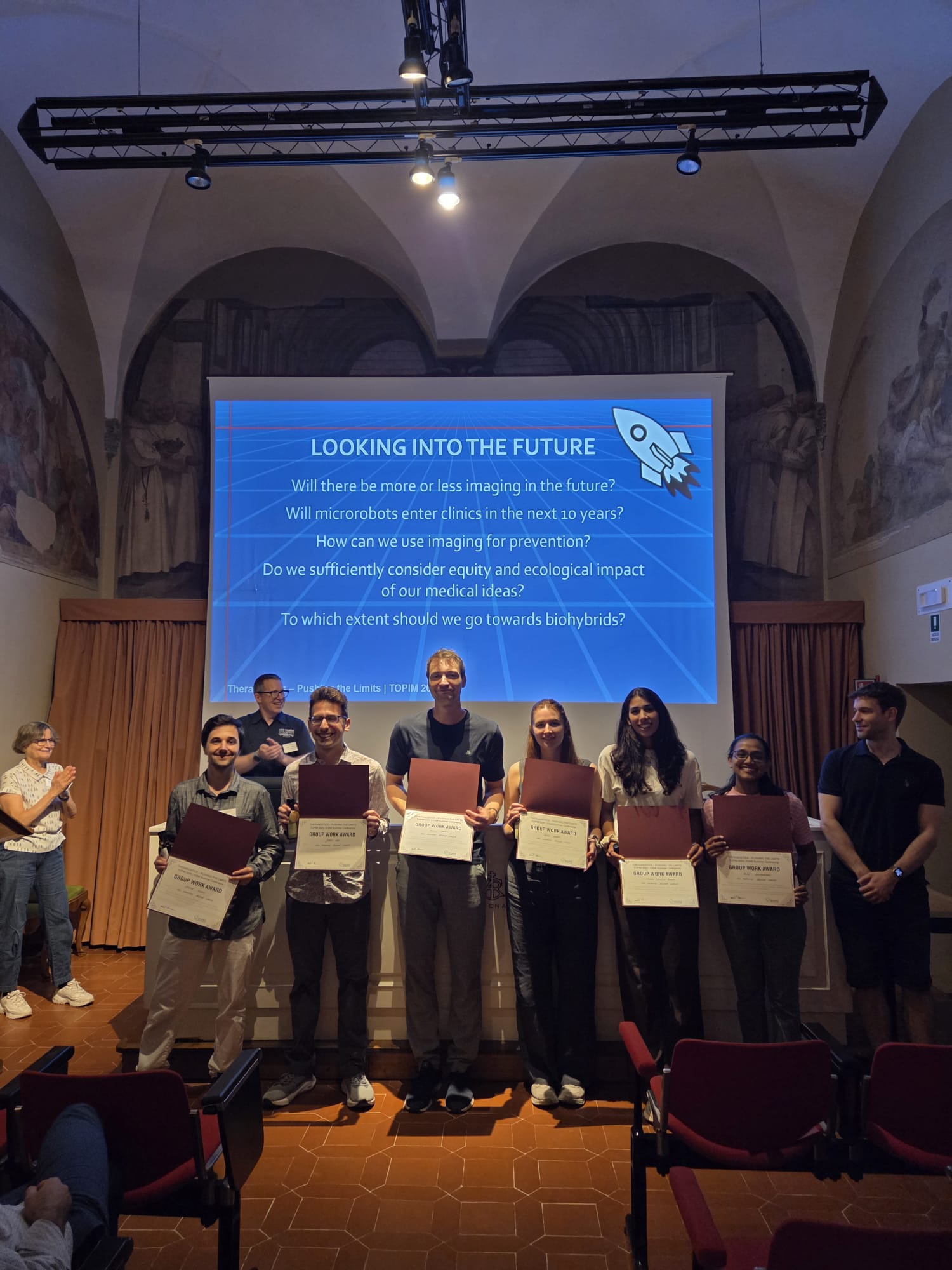
The Winner Theme:
CELL THERAPIES BEYOND CANCER
The Winner Team:
- Dmytro Kobzev, Aachen
- Laura Schäfer, Aachen
- Lennart Bohrmann, Basel
- Abigail Barber, London
- Jayden West, Madison
- Acsah Konuparamban, San Sebastian
- Claudia Esposito Zapero, San Sebastian
- Dimitri Stowbur, Tübingen
Mentors: Giannis Zacharakis & Roger Molto Pallares
The Task:
Step 1: Select a hot topic for your project in which molecular imaging can make an impact
Step 2: Develop an innovative approach to address the topic
Step 3: Prepare a winning pitch to “sell” your project to investors or research funding
The Theme
THERANOSTICS – Pushing the Limits
The past decades have witnessed remarkable advancements in theranostics, fundamentally transforming patient care by enabling precise targeting and image-guided treatment in the fields of oncology, neurology or autoimmune diseases. Yet, the journey is far from over. Despite tremendous progress, there is significant potential in all areas of theranostics.
- (i) improving the therapeutic index in radioligand therapy by applying novel radioisotopes, labeling strategies and optimized biologicals,
- (ii) optimizing MR, ultrasound and multimodality methods, or
- (iii) applying next-generation cellular constructs.
The innovative strategies in current research promise to enhance therapeutic target uptake and retention while minimizing non-specific accumulation. As an example, advances in radiobiology are paving the way for intelligent, tailor-made combination treatments, while emerging imaging targets are refining patient selection, response assessment, and prediction.
Achieving such breakthroughs demands close collaboration across specialties, bringing us closer to the ultimate goal: fulfilling the promise of image-guided theranostics as the cornerstone of precision medicine.
The Topics
- AI Tailored Theranostics
- Cell Delivery Systems
- Detecting-Acting Systems
- Image-Guided Surgery
- Nanorobots
- New Radioisotopes
- Radiotheranostics
- Synthetic Biology
- Theranostics Implants incl. Bioelectronics
- Trigger Responsive Systems
Speakers
Diving into the topic – Introductory Lectures
- Rodney Hicks, Melbourne – Where it started: History of (Radio) Theranostics
- Margret Schottelius, Lausanne – Where we are: Overview of Tracer Development
- Wolfgang Weber, Munich – Where we are: Clinical Applications
- Twan Lammers, Aachen – Where we go: Expansion of the Field
A deeper insight
Speakers and topics
- Metin Sitti, Istanbul – Nanorobots
- Jeff Bulte, Baltimore – Theranostic Implants
- Paula Foster, London/CA & Jolanda de Vries, Nijmegen – Cell Delivery Systems
- Carl Figdor – Synthetic Biology
- Inge Herrmann, Zurich – Detecting-Acting Systems
- Melita Irving, Lausanne – Trigger Responsive Systems
- Lalith Kumar Shiyam Sundar, Munich – AI Tailored Theranostics
The Committee
- Michal Neeman – Rehovot, Israel (Chair)
- Jolanda de Vries – Nijmegen, The Netherlands
- Fabian Kiessling – Aachen, Germany
- Bernd Pichler – Tübingen, Germany
- Margret Schottelius – Lausanne, Switzerland
- Nicola Di Stefano – Siena, Italy (Advisory Member)
Location
 Venue
Venue- Certosa di Pontignano,
- Località Pontignano, 5
- 53019 Castelnuovo Berardenga, Siena Italy
